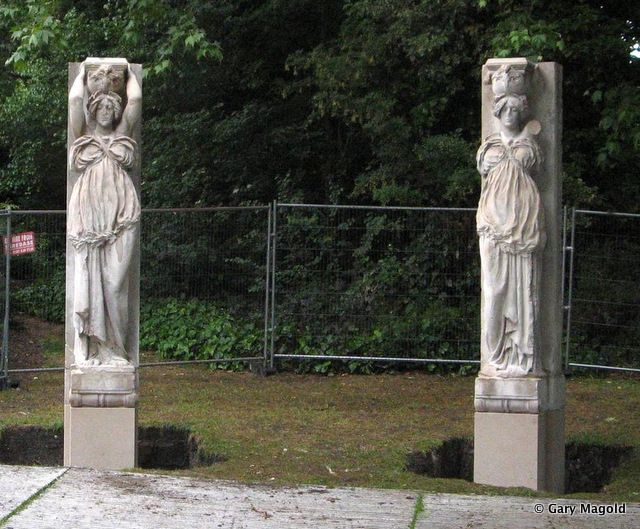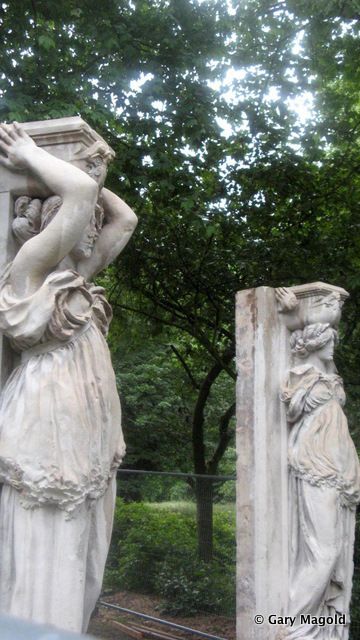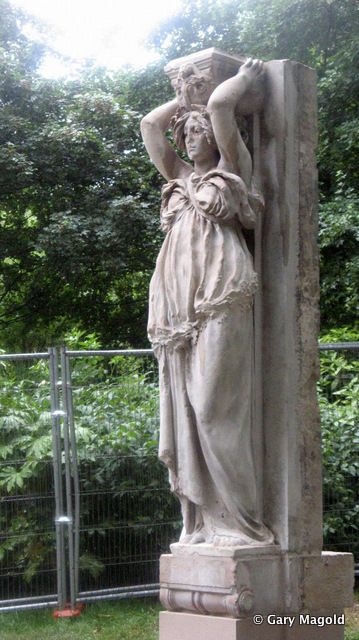NYC’s Forgotten ‘War on Christmas Trees’
Discover how an obscure holiday crackdown affects festive street vendors today!


In 1897, a town hall was erected in Rotherhithe, London on the corner of Neptune Street and Lower Road, with the rear of the building on Moodkee Street. It included a stage and fireproof curtain. But in 1905, the town hall was converted into a library and museum. According to Arthur Lloyd, the museum displayed portraits, documents, “prehistoric items such as a 3,000-year old item of embroidery, a letter from the Duke of Wellington, a mummy case from ancient Egypt, and a 1483 copy of the Book of Thomas Aquinas. The Observer newspaper reported that there was something for the ‘geologist and historian, ornithologist, local recorder, and collector of oddities.'”

The building was bombed in WWII and although severely damaged, almost all of the books were saved as well as the caryatids on the facade. Local residents report playing in the ruins of the building as children, while the “two female statues at the entrance looked as if a great weight had been lifted from their arms.” The statues were designed by Henry Poole, an architectural sculptor whose work can be found on Westminster, St. Paul’s Cathedral and even as far as a banking office in Shanghai. The caryatids were moved to the Heygate Estate in Elephant and Castle in 1974, but were just returned thanks to the efforts of the local council and Gary Magold, former secretary of the Friends of Southwark Park. The formal unveiling will be on Saturday, June 4th at noon at Southwark Park, London’s first municipal park (from 1869).
According to the Inauguration Program for the event, the caryatids have two significant differences between them. “One is detailed with oak foliage and the other with laurel. Oak is often seen as an emblem of virtue, strength, longevity and rebirth. Laurel is a token of peace and quiet but also a symbol of triumph and fame.”
Gary Magold provided these advance photographs of the caryatids, home at last:


Special thanks to Partick Kingwell, Gary Magold, Arthur Lloyd and bermondsey.biz.
Subscribe to our newsletter